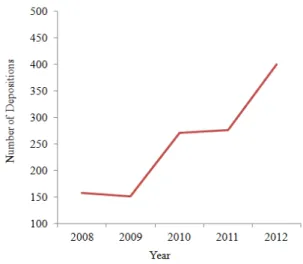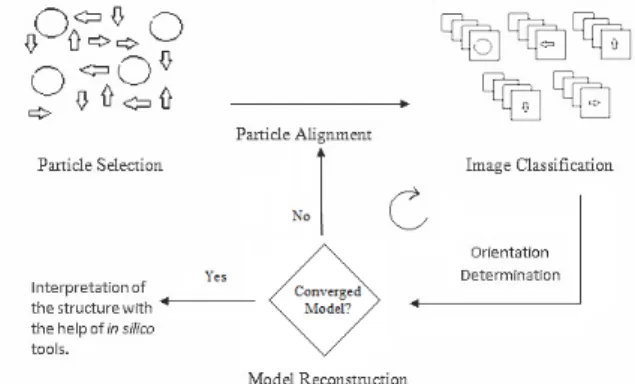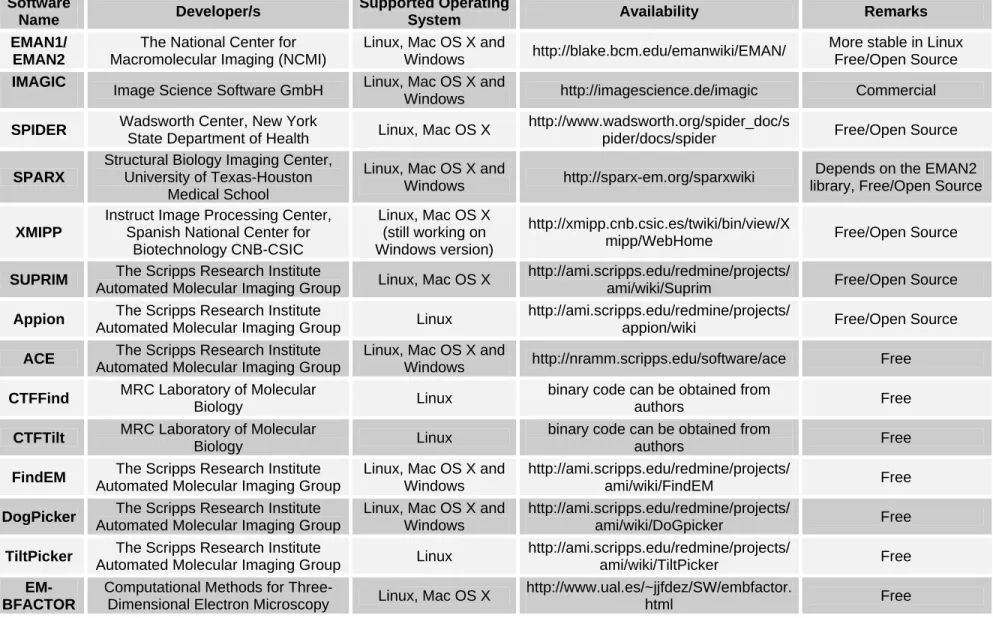Three dimensional electron microscopy and in silico tools for macromolecular structure determination
Volltext
Abbildung



ÄHNLICHE DOKUMENTE
1.2 Techniques for structure determination ray diffraction implies that the phase information of the Fourier transform is not recorded, and has to be estimated by other methods such
Kinematic diffraction decomposes the scattering
• Chapter 3 reports the development of a sample conditioning method used to prepare nanoliter volumes of protein particles, protein nanocrystals, and single-cell lysate for
We foresee that in combination with novel grid preparation techniques, the use of single binding site affinity proteins and new class of detectors in electron microscopy, this
Limited proteolysis, secondary structure and biochemical analyses, mass spectrometry and mass mea- surements by scanning transmission electron microscopy were combined
The project is funded by the German Research Foundation (Deutsche Forschungsgemeinschaft) under Ge 841/16 and Sch 424/11. Figure 1: a) (left) Phase of the original object
The possibility of operating from a remote site a transmission or a scanning electron microscope appears realistic considering that in all the instruments of the last generation,
To obtain a distribution map of a certain element one can acquire (i) a sequential series of EELS spectra from different positions on the specimen (EELS spectrum imaging)